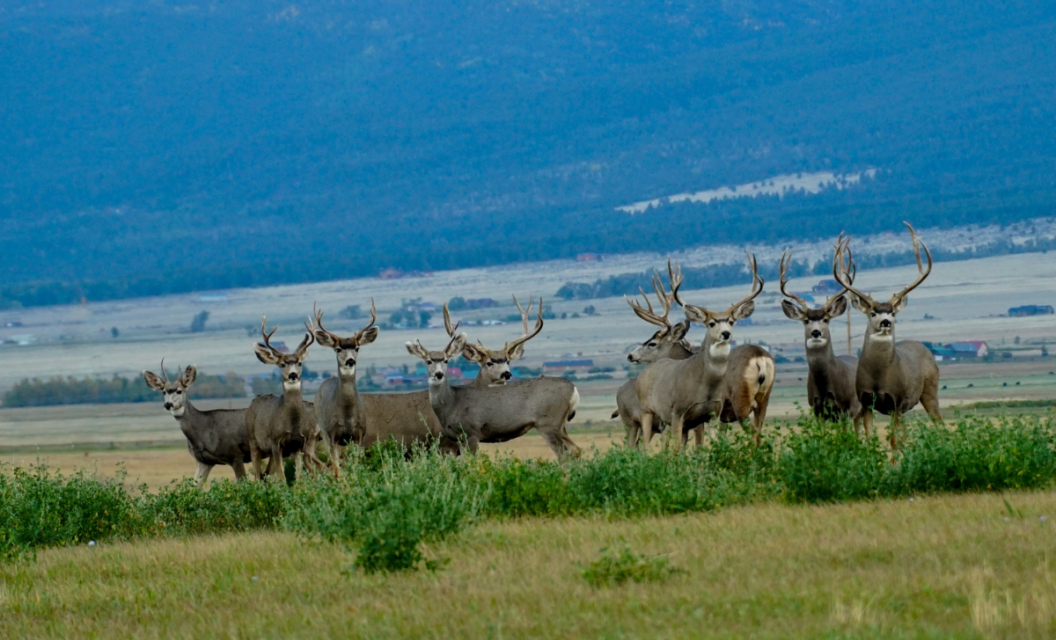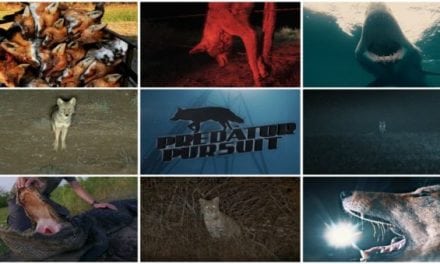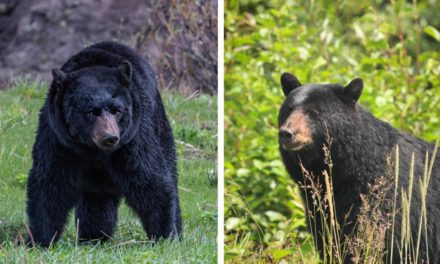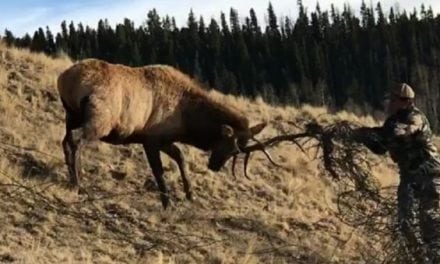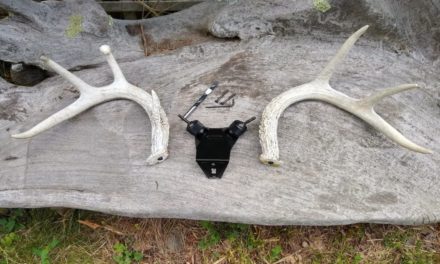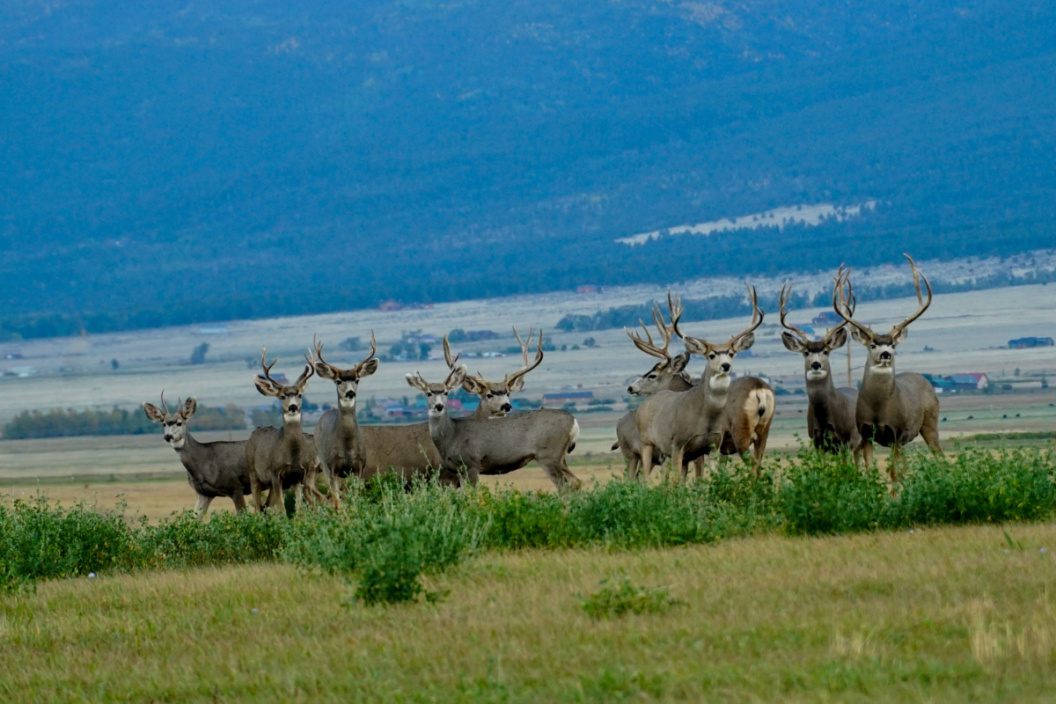
While mule deer are native to the western United States, they have had a tough time recently, proven in their population numbers. Drought, wildfires, and encroachment from other deer species all take their toll on mule deer habitat and well-being, and that’s without the added pressures of hunting season. Mule deer already have hunting restrictions in place to help reduce overhunting and support herd growth, but some populations continue to see decline. Unfortunately, hunting restrictions are one of the only factors we can control to help preserve this game animal for future hunters.
Increasing whitetail deer populations, their ability to breed with mule deer, natural disasters and climate change, disease, and hunting are all variables impacting mule deer populations. While efforts are made to balance these long-term, we may have to consider that even heavily-restricted hunting is too much for mule deer populations at the moment.
Current Hunting Limits
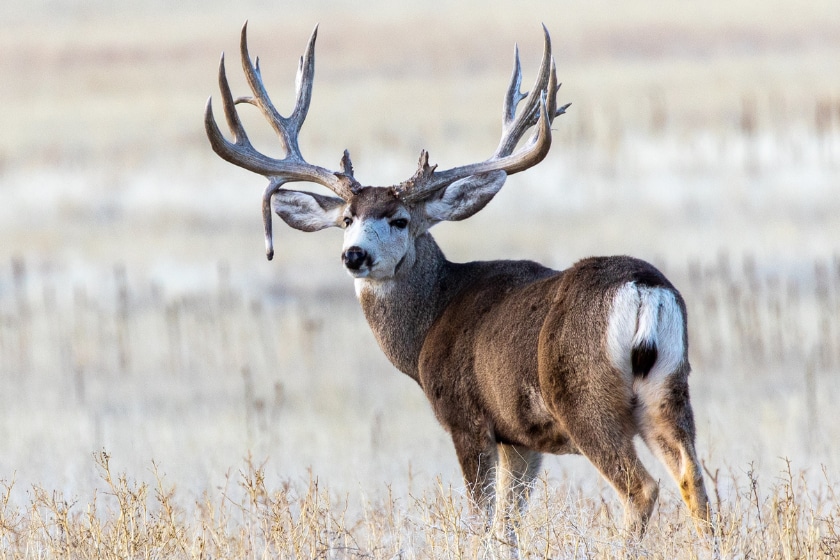
Currently, mule deer hunting guidelines vary from state to state, but many have had restrictions enacted further for this year compared to 2020 or even 2021. For example, Arizona has a one-deer bag limit on any antlered mule deer, Texas a two-deer limit, and Nevada the same. These may seem like some insanely restricted numbers, especially compared to whitetail tag numbers. However, when looking at 2021 harvest numbers, the percentage of deer taken varies anywhere from 5 to 40 percent of current populations. Most wildlife management organizations have reduced mule deer tags for the 2022 season.
States such as South Dakota have seen a recent increase in populations after reducing harvest rates the past few years, especially with limiting doe mule deer harvests. Though harvest in general has slightly increased over the past six years, most have been bucks.
Trust me, I know that hunting is the last thing we want to restrict, but mule deer are seeing a general population decline, and people have been talking about it for decades. Conservation efforts have been made, and are continuously made, to help improve matters. Hunting funds most of that conservation, and the average hunter can help the most by either buying a tag or donating to their DNR. If part of that cost also includes a (hopefully temporary) adjustment of our hunting access, then I’m willing to vote in favor.
Other Factors Influencing Populations
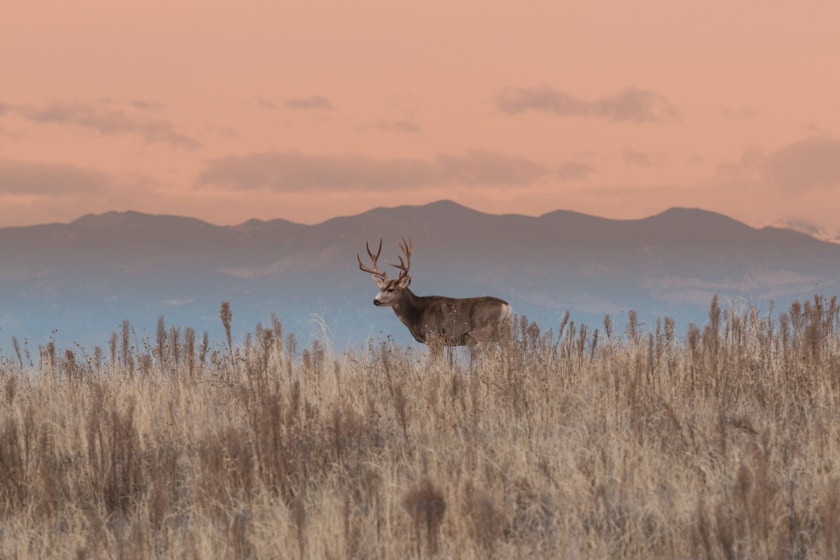
There are many other factors influencing mule deer populations besides just hunting. Climate change has brought on changes to the mule deer’s territory, including persistent drought and severe wildfires. While historically wildfires have been shown to be beneficial, drought and heat means they can burn so hot that the earth is scorched, and unable to grow anything else for years. In recent years when wildfire season and droughts have been paired, this is what has led to a large amount of habitat demise. Scorched earth doesn’t bring new growth or buds immediately; the land is barren for a time, and useful to very few species.
Whitetail numbers and territories also have influence over mule deer populations. Their territories overlap and mule and whitetail deer can breed successfully. Fortunately these hybrid offspring are infertile, but this still means fewer mule deer does are bred with mule deer bucks, and fewer mule deer offspring are produced.
Chronic wasting disease (CWD) has been a hot topic in the hunting community year after year and it’s significantly changed the way deer are managed and hunting regulated. CWD causes emaciation, neurological decline, and ultimately death in cervids. Mule deer are not immune and CWD is an easily transmitted, always fatal disease. This disease is also resistant to most disinfectants. Soil, feces, saliva, and other tissues and fluids can spread CWD to other animals in the area. CWD testing, carcass disposal, and disinfection guidelines are a way of life. It can make a severe impact on mule deer populations if left unchecked.
Populations as of Now
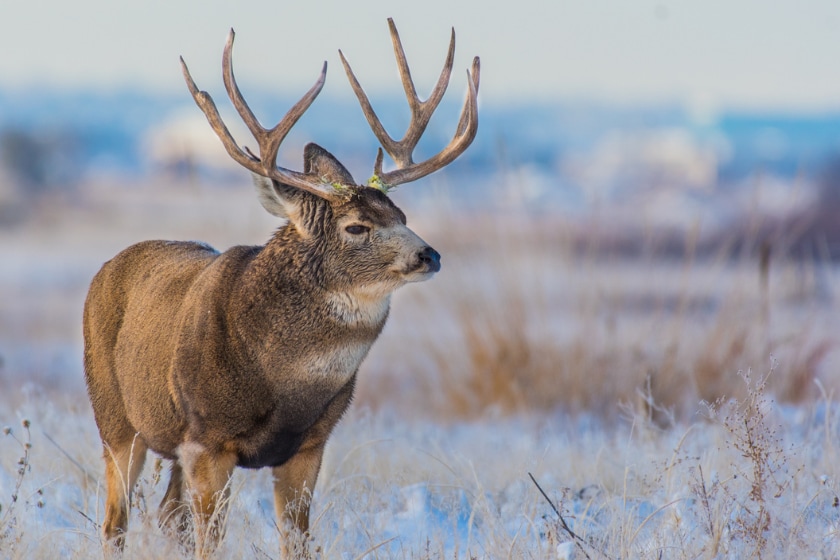
Some states lump mule deer and whitetail deer together while others separate them. Most states have seen declining mule deer populations while others have noted stabilized populations. Regardless, steady decline has been a trend in recent years. Fawn productivity has declined across most of the United States and harsh western winters haven’t helped. Some states have seen as much as a 15% decrease in fawn productivity (like Wyoming). Others have seen some increases, but have still been less than desirable, like areas of Texas.
In North Dakota their efforts concentrated on maintaining a ratio of 30 bucks to 100 does prior to gun season, and winters have directly impacted how successful these populations have been. North Dakota now has harvest strategy efforts in place to limit antlerless harvest licenses in order to encourage even more herd growth. Nevada has noted its downward trends in populations and has recently organized a Mule Deer Enhancement Program to help identify factors limiting mule deer herds in this state and strategically address these limiting factors. Drought has been a significant factor in fawn production and the condition of adult does in breeding season.
So What?
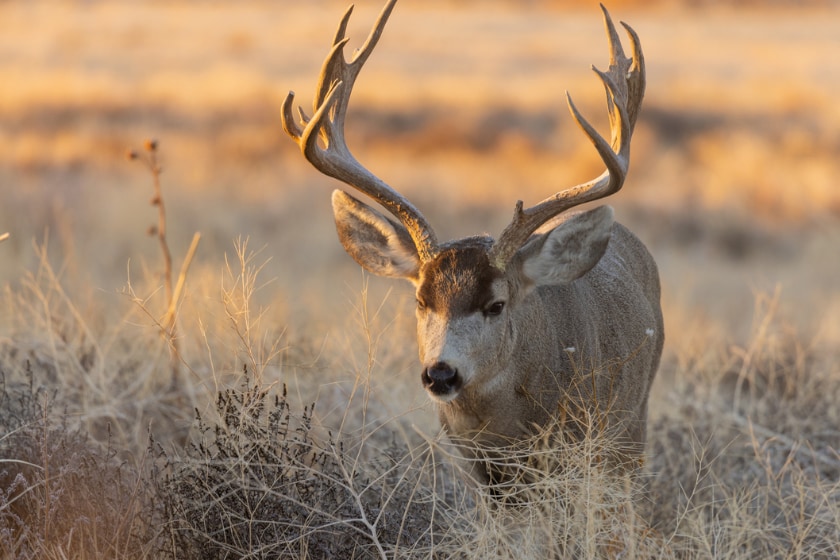
As hunters we should all want to conserve game species so that the environment is balanced and future generations can continue to enjoy hunting as a pastime and a way to feed their families if need be.
Doe harvests, hybridization with whitetails, worsening natural disasters that once brought flourishing new growth, disease, and harsh winters all add additional strain on mule deer populations. With so many factors that can influence mule deer population, the one most under our control is limiting mule deer harvests. States such as South Dakota have seen an increase of herd population after restrictions have been placed, and wildlife management teams are working diligently to address other factors outside of hunting.
Mule deer are incredible animals that have decorated walls and been the subject of hunting stories for decades. Habitat and appropriate and responsible hunting practices can help preserve them. While this may spell less fun for us as hunters, we owe it to the environment and the animals that we harvest to help any way we can. Appropriate husbandry practices include knowing when not to harvest, even if it’s for a few consecutive seasons.
READ MORE: A Closer Look at the 4 Biggest Mule Deer Ever Harvested
The post Why I Think We're Overhunting Mule Deer appeared first on Wide Open Spaces.

